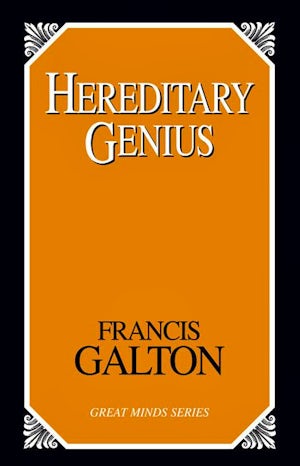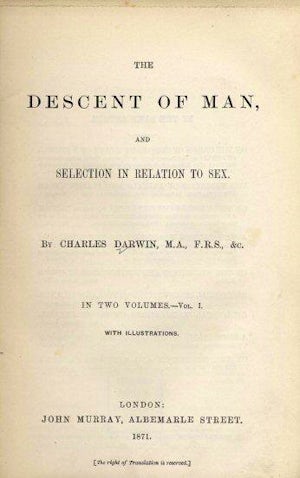
April 1951. The Marching Morons was published by Cyril M. Kornbluth in Galaxy Science Fiction magazine. The story told by Kornbluth has entertained generations of science fiction readers and was republished in The Science Fiction Hall of Fame, Volume Two in 1973 – twenty-two years after it was first published as a novella in Galaxy Science Fiction magazine. The storyline involves a futuristic society over-run by "morons," as less intelligent people bred faster than intelligent.
Kornbluth’s story is satirical and set centuries in the future – the dating system has changed so the reader is never sure how far – and revolves around John Barlow, a small time real-estate dealer greatly enamored of his own cleverness and his ability to swindle those he perceives as stupid out of their cash. Barlow, the reader learns, was accidentally put into stasis during a routine dental visit. With no knowledge of the technology needed to wake him up, he is locked in a container and forgotten over time, only to be awoken in the year 7-B-936.
The future to which Barlow awakens is overrun with one problem - the majority of the population are morons. Some of the few “smart” people left tell Barlow that the average IQ is now 45, and that it is his fault the world is in the shape it is. Smart people did not reproduce fast enough during his time, and the world has subsequently been overrun by the breeding of lesser human beings. In exchange for unlimited wealth and power, Barlow offers to solve the earth’s problems through an elaborate hoax that eugenically culls the population.
Barlow’s solution openly involves tactics that he attributes to Hitler. While he effectively (though viciously) solves the population problem, he fails to realize that those he believes himself to be helping hate him because they feel his generation could have prevented the problem if they had not been selfish in the first place.
Although the story is a satire, Kornbluth makes use of themes that were taken very seriously by eugenicists of the early and mid-twentieth century, including the fear that the deficient would overtake the superior due to their supposed fecundity. It also plays on the positive eugenic notion that those who were perceived to be fit had a duty to produce the next generation, and thereby improve the human race.At one point, Barlow asks why the morons are not sterilized. His contacts from the future reply that there are now too many for the procedure to be effective. So many morons were born on a regular basis that it would be impossible to sterilize enough people fast enough to make a difference. The people from the future imply that Barlow’s generation should have taken this route, so as to prevent the population from reaching the point it is at in 7-B-936.
At the end of the story it becomes clear that neither Barlow nor his superior future contacts are truly superior to the morons as reflected by their actions.
The idea of a future society over-run by the less intelligent remains a popular one. H. G. Wells' The Time Machine(1895) features a future where the human race has split into two: the subhuman Morlocks, and the less-intelligent Eloi. The novel The Restaurant at the End of the Universe(1980) by Douglas Adams also features a similar plot to The Marching Morons, as well as Aldous Huxley's Brave New World (1931), and the more recent comedy movie Idiocracy(2006).
Full text available online here
-Leslie Baker
Kornbluth, C.M. (1951). The Marching Morons. Galaxy Science Fiction. New York: World Editions.
Willis, J. (2011, June 13). The future never sounded so good… SFF Audio Podcast #112. Podcast retrieved from http://www.sffaudio.com/?p=29212.
 1869:
Galton publishes Hereditary Genius
1869:
Galton publishes Hereditary Genius
 1871:
Charles Darwin publishes The Descent of Man
1871:
Charles Darwin publishes The Descent of Man